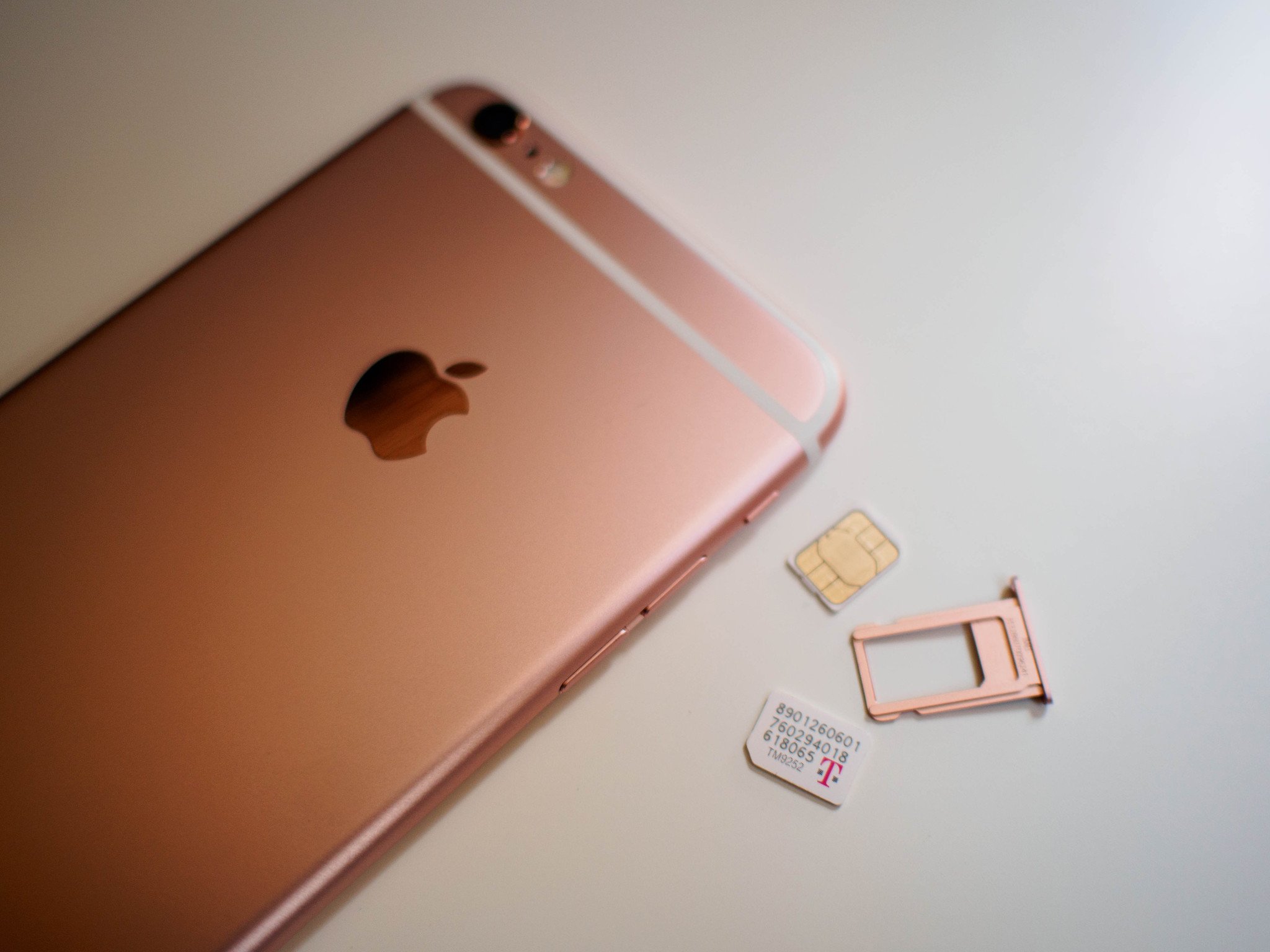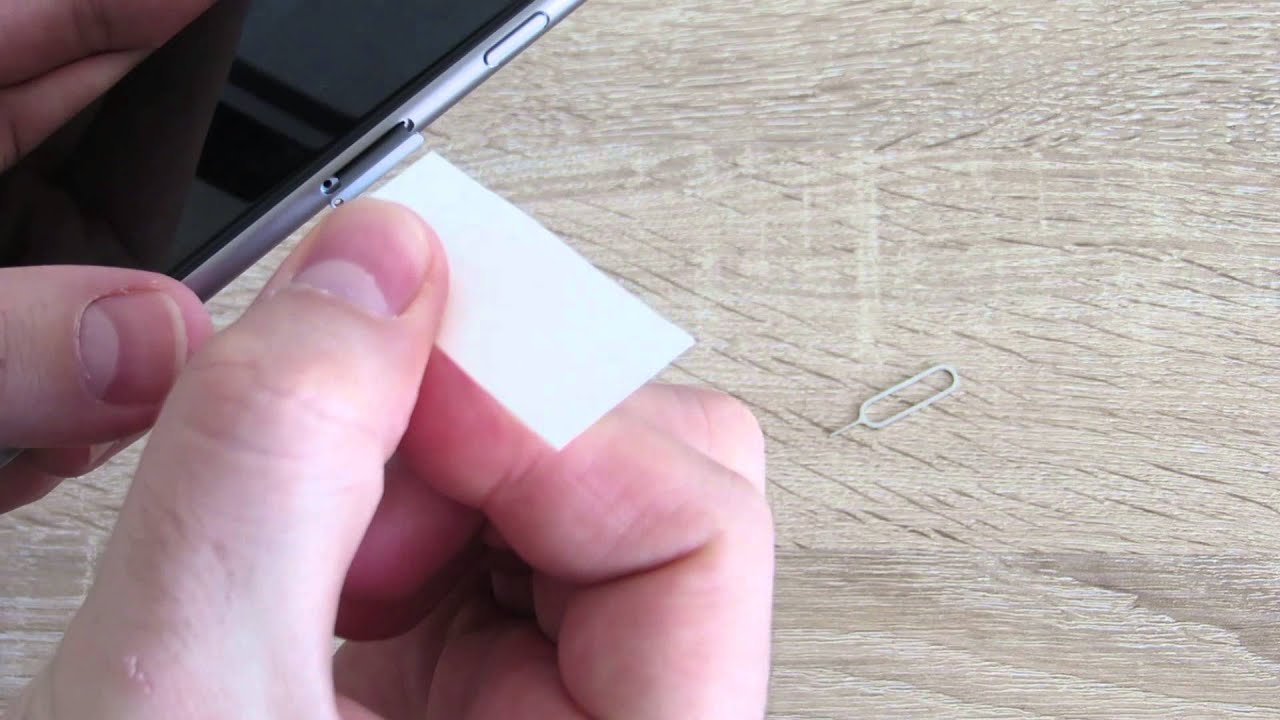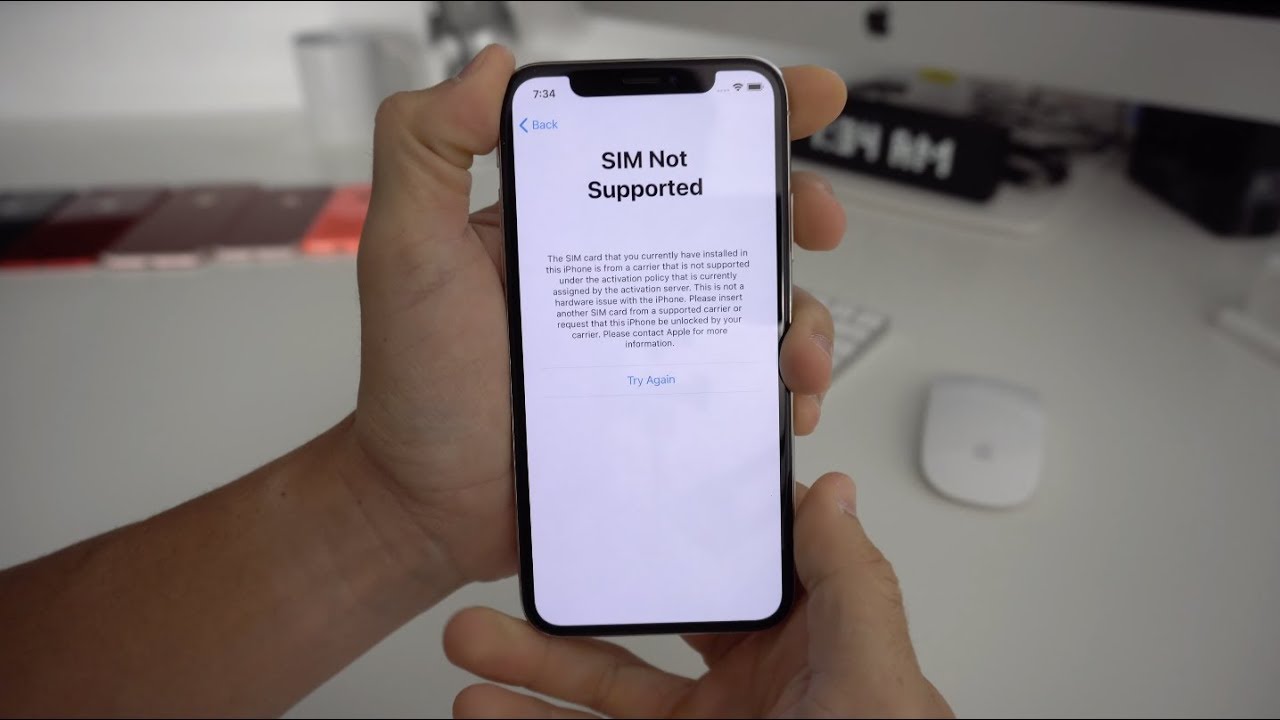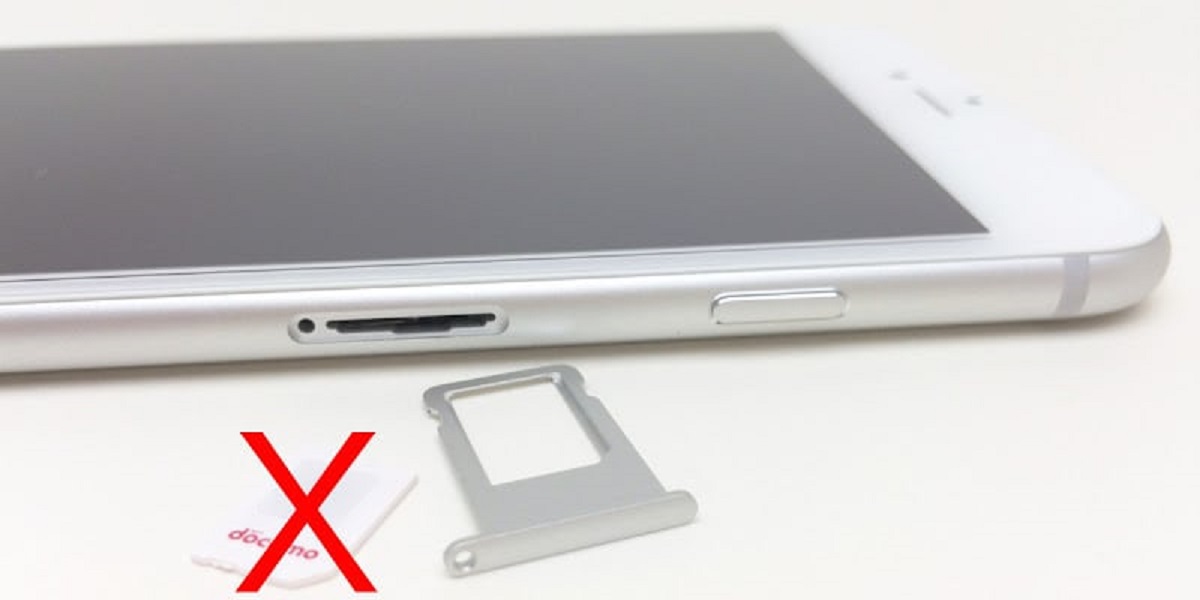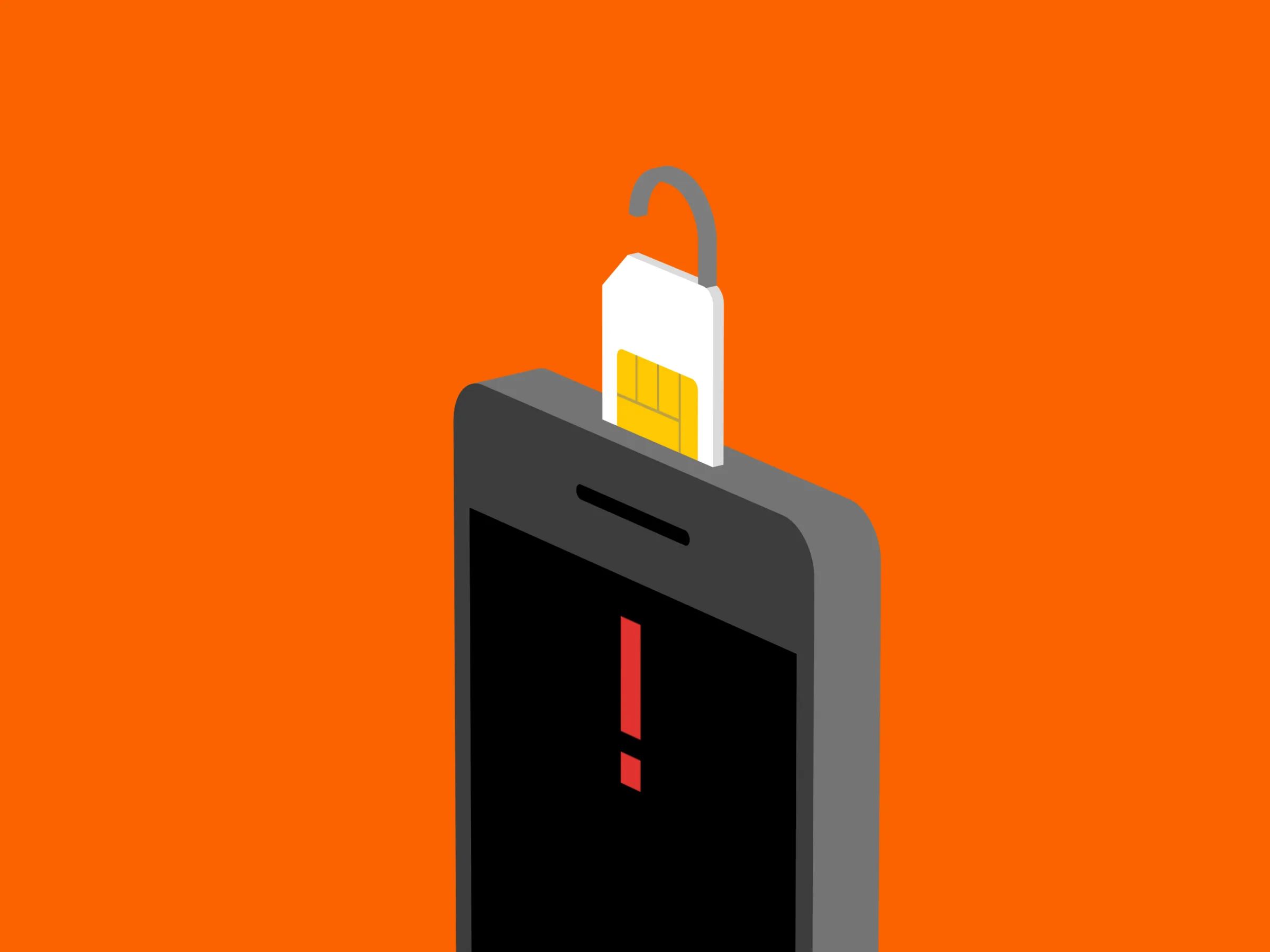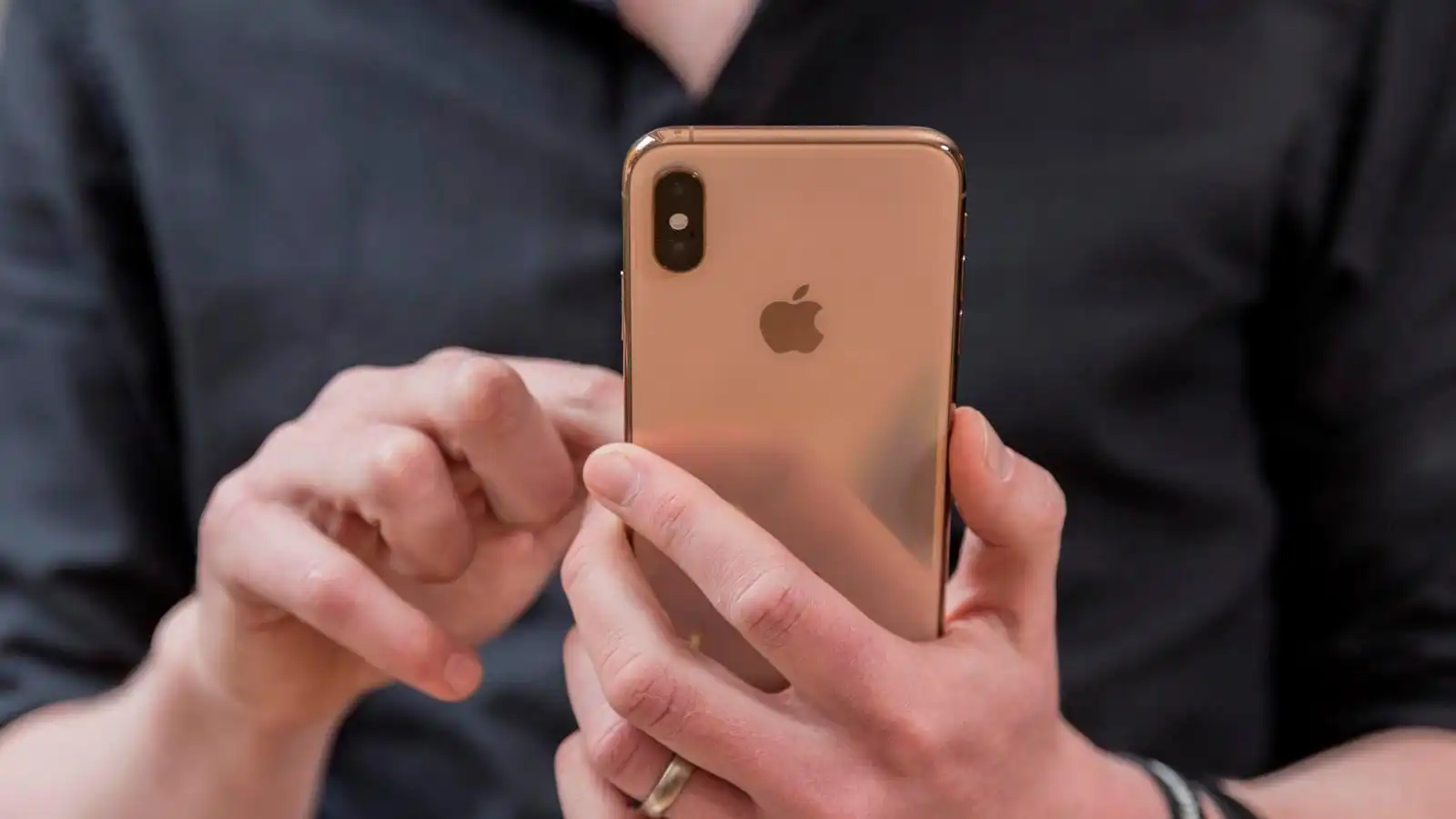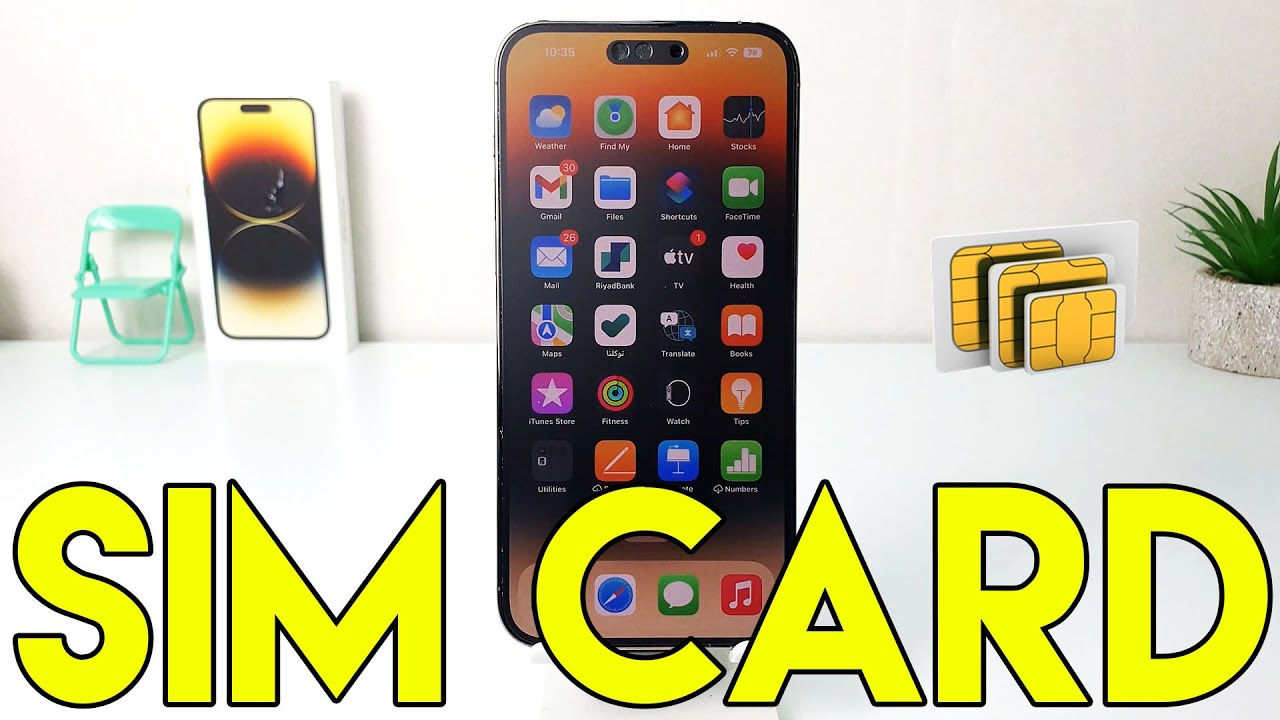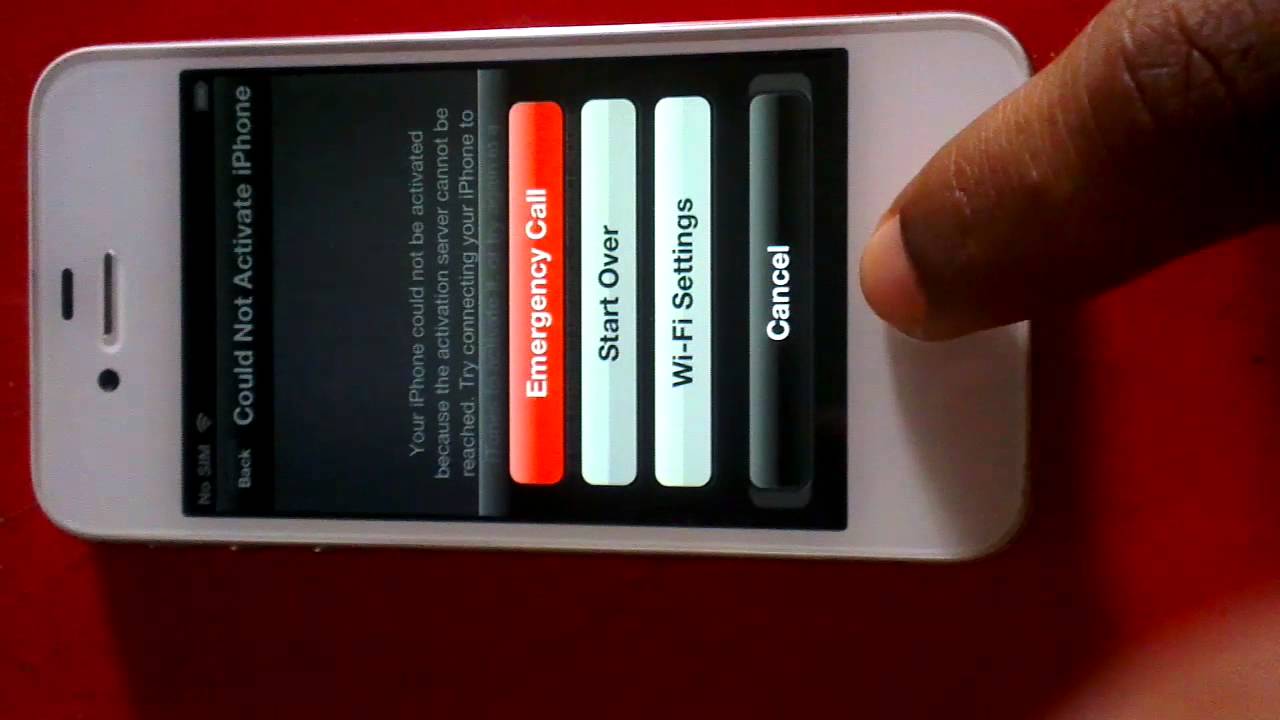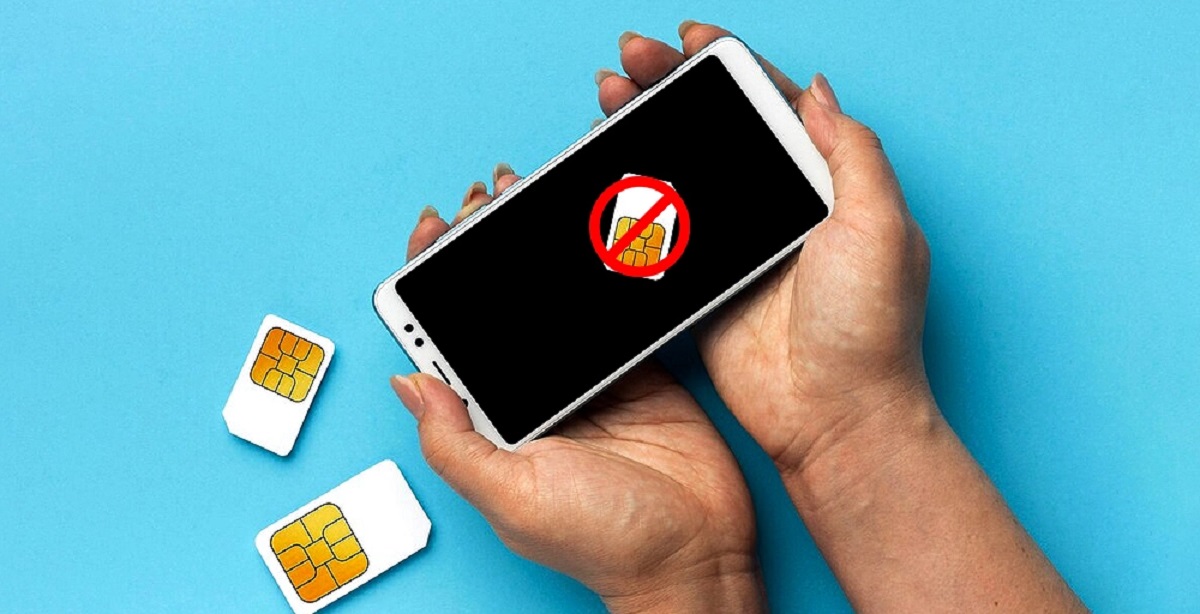What is a SIM Card?
A SIM card, or Subscriber Identity Module card, is a small, portable memory chip that is inserted into mobile devices such as smartphones, including iPhones. This tiny yet powerful component plays a crucial role in enabling cellular communication and connecting the device to a mobile network. The SIM card securely stores the subscriber's identity and allows the device to authenticate and connect to the network, granting access to voice calls, text messages, and mobile data services.
The SIM card contains essential information, including the unique IMSI (International Mobile Subscriber Identity) number, which identifies the subscriber to the mobile network. Additionally, it stores the ICCID (Integrated Circuit Card Identifier), a unique serial number used to identify the SIM card itself. These identifiers are vital for authenticating the user's identity and enabling the device to connect to the mobile network, ensuring a secure and reliable communication experience.
Furthermore, SIM cards come in various sizes, including the standard SIM, micro-SIM, and nano-SIM, to accommodate different device specifications. The evolution of SIM card technology has led to the emergence of eSIM (embedded SIM) technology, which eliminates the physical SIM card and allows for remote provisioning of mobile subscriptions.
In essence, the SIM card serves as the gateway to the mobile network, enabling seamless connectivity and access to a wide array of communication services. Its compact size belies its significance in facilitating the essential functions of modern smartphones, making it an indispensable component in the realm of mobile communication.
How Does a SIM Card Work in an iPhone?
The integration of a SIM card into an iPhone is a fundamental aspect of its functionality. When a SIM card is inserted into an iPhone, it initiates a series of intricate processes that are essential for seamless connectivity and communication.
Upon insertion, the iPhone recognizes the SIM card and retrieves vital information, including the unique IMSI (International Mobile Subscriber Identity) and ICCID (Integrated Circuit Card Identifier) numbers stored on the SIM. The IMSI serves as the identifier for the subscriber, while the ICCID uniquely identifies the SIM card itself. This information is crucial for authenticating the iPhone on the mobile network, allowing it to establish a secure and reliable connection.
The iPhone utilizes the SIM card to authenticate itself to the mobile network, enabling access to voice calls, text messaging, and mobile data services. The SIM card acts as the key that unlocks the gateway to the mobile network, facilitating seamless communication and connectivity.
Furthermore, the SIM card also stores critical security information, such as the Ki (Authentication Key), which is used to authenticate the iPhone to the network and encrypt communications. This encryption ensures that the communication between the iPhone and the mobile network remains secure and private, safeguarding sensitive information transmitted over the network.
In addition to its role in authentication and security, the SIM card enables the iPhone to roam onto different mobile networks, allowing users to maintain connectivity even when traveling internationally. This flexibility is made possible by the SIM card's ability to store network-specific information and authenticate the iPhone on various networks, ensuring uninterrupted communication regardless of geographical location.
Moreover, the SIM card plays a pivotal role in enabling the provisioning of mobile services, such as activating a new mobile plan or transferring an existing plan to a new device. This process, known as SIM provisioning, leverages the SIM card's unique identifiers to associate the iPhone with the subscriber's mobile account, enabling the seamless activation of mobile services.
In essence, the SIM card serves as the linchpin of connectivity for the iPhone, enabling it to authenticate, communicate, and access mobile services with unparalleled security and flexibility. Its seamless integration into the iPhone's design underscores its significance in empowering users to stay connected in today's dynamic and interconnected world.
Can I Use an iPhone Without a SIM Card?
Using an iPhone without a SIM card is indeed possible, and the device can function effectively in various scenarios. When an iPhone is used without a SIM card, it essentially operates as an iPod touch, offering a wide range of functionalities without cellular connectivity. This makes it an attractive option for individuals who primarily use their iPhones for tasks such as browsing the internet, taking photos, listening to music, and utilizing various apps without the need for cellular communication.
One of the key advantages of using an iPhone without a SIM card is the ability to connect to Wi-Fi networks, enabling access to the internet and a myriad of online services. This allows users to stay connected, browse the web, and engage in online activities without relying on cellular data. Additionally, the iPhone's robust app ecosystem provides access to a diverse array of applications, games, and entertainment content, ensuring a rich and engaging user experience even in the absence of a SIM card.
Furthermore, using an iPhone without a SIM card presents an opportunity for individuals to repurpose older devices, transforming them into dedicated multimedia devices, gaming consoles, or smart home controllers. This extends the lifespan of older iPhones, allowing them to serve valuable purposes beyond traditional cellular communication.
Moreover, utilizing an iPhone without a SIM card can be advantageous for testing and development purposes. App developers and software engineers often leverage SIM card-free iPhones for testing new applications, exploring software functionalities, and conducting quality assurance activities. This enables them to thoroughly assess the performance and user experience of their creations in a controlled environment.
It's important to note that while an iPhone can function without a SIM card, certain features such as cellular calls, text messaging, and mobile data services will be unavailable. However, the device remains a versatile and powerful tool for a wide range of activities, making it a compelling option for users seeking a multifaceted and adaptable mobile experience.
In essence, using an iPhone without a SIM card opens up a host of possibilities, allowing users to harness the device's capabilities in diverse contexts beyond traditional cellular communication. Whether as a multimedia powerhouse, a testing platform, or a Wi-Fi-enabled hub, the SIM card-free iPhone offers a wealth of functionalities that cater to a broad spectrum of user needs and preferences.
The Necessity of a SIM Card for iPhone
The inclusion of a SIM card in an iPhone is not merely a matter of convention; rather, it is an essential component that underpins the device's core functionalities. The SIM card serves as the linchpin of connectivity, enabling the iPhone to authenticate itself to the mobile network and access a wide array of communication services. Without a SIM card, the iPhone's ability to connect to cellular networks, make voice calls, send text messages, and utilize mobile data services would be severely compromised.
Moreover, the SIM card plays a pivotal role in ensuring the security and integrity of communications on the iPhone. By storing critical security information such as the Ki (Authentication Key), the SIM card enables the encryption of communications, safeguarding sensitive data transmitted over the mobile network. This robust security framework is integral to maintaining the privacy and confidentiality of user interactions, underscoring the indispensable nature of the SIM card in upholding the iPhone's communication security standards.
Furthermore, the SIM card empowers the iPhone with the flexibility to roam onto different mobile networks, enabling seamless connectivity even when traveling internationally. This capability is made possible by the SIM card's ability to store network-specific information and authenticate the iPhone on diverse networks, ensuring uninterrupted communication regardless of geographical location. The inherent versatility of the SIM card in facilitating global connectivity highlights its indispensable role in enabling the iPhone to transcend geographical boundaries and maintain seamless communication across diverse regions.
Additionally, the SIM card serves as the conduit for provisioning mobile services on the iPhone, enabling the activation of new mobile plans and the seamless transfer of existing plans to new devices. This process, known as SIM provisioning, leverages the SIM card's unique identifiers to associate the iPhone with the subscriber's mobile account, facilitating the effortless activation of mobile services. The SIM card's role in provisioning underscores its significance in streamlining the user experience and ensuring the seamless integration of mobile services with the iPhone's communication framework.
In essence, the necessity of a SIM card for the iPhone is unequivocally rooted in its multifaceted role as the gateway to cellular connectivity, the guardian of communication security, the enabler of global roaming, and the facilitator of seamless mobile service provisioning. The integration of a SIM card into the iPhone is not merely a technical requirement; it is a fundamental enabler that empowers the device to deliver unparalleled connectivity, security, and flexibility, thereby cementing its status as an indispensable component in the realm of mobile communication.
Alternatives to Using a SIM Card in an iPhone
While the SIM card is integral to the traditional operation of an iPhone, there are alternative methods and technologies that offer connectivity and functionality without relying on a physical SIM card. These alternatives cater to diverse user needs and preferences, providing flexibility and innovation in the realm of mobile communication.
eSIM Technology
The emergence of eSIM (embedded SIM) technology has revolutionized the landscape of mobile connectivity, offering a virtual SIM card solution that eliminates the need for a physical SIM card. eSIM technology enables iPhones to be equipped with a built-in, programmable SIM that can be provisioned and activated remotely by mobile network operators. This virtual SIM functionality allows users to seamlessly switch between mobile plans and carriers without the need to physically swap SIM cards, offering unprecedented flexibility and convenience.
Wi-Fi Calling and Messaging
For users seeking communication options beyond traditional cellular networks, Wi-Fi calling and messaging provide compelling alternatives. iPhones support Wi-Fi calling, allowing users to make and receive voice calls over Wi-Fi networks, effectively bypassing the need for a physical SIM card to connect to cellular networks. Additionally, messaging apps that utilize Wi-Fi or data connections, such as iMessage, WhatsApp, and Skype, enable users to send text messages, photos, and videos without relying on traditional SMS services, presenting versatile communication options that transcend the constraints of SIM card-based connectivity.
Virtual SIM Services
Virtual SIM services, offered by various telecommunications providers, present innovative alternatives to traditional SIM cards. These services leverage app-based or cloud-based virtual SIM functionality, allowing users to access mobile connectivity and communication services without the need for a physical SIM card. By utilizing virtual SIM apps or platforms, users can manage multiple phone numbers, access global roaming capabilities, and enjoy the flexibility of virtual SIM provisioning, all within the digital realm.
Dual SIM Capabilities
Modern iPhones feature dual SIM capabilities, enabling users to utilize two separate phone numbers on a single device. This functionality, facilitated through a combination of eSIM and physical SIM card support, offers users the flexibility to maintain multiple mobile subscriptions and seamlessly switch between personal and business lines. Dual SIM capabilities empower users to tailor their communication experiences to suit their individual needs, effectively expanding the scope of connectivity beyond the constraints of a single physical SIM card.
In essence, the alternatives to using a SIM card in an iPhone encompass a spectrum of innovative technologies and functionalities that redefine the boundaries of mobile connectivity. From eSIM technology and Wi-Fi calling to virtual SIM services and dual SIM capabilities, these alternatives cater to diverse user preferences, offering flexibility, convenience, and innovation in the ever-evolving landscape of mobile communication.







